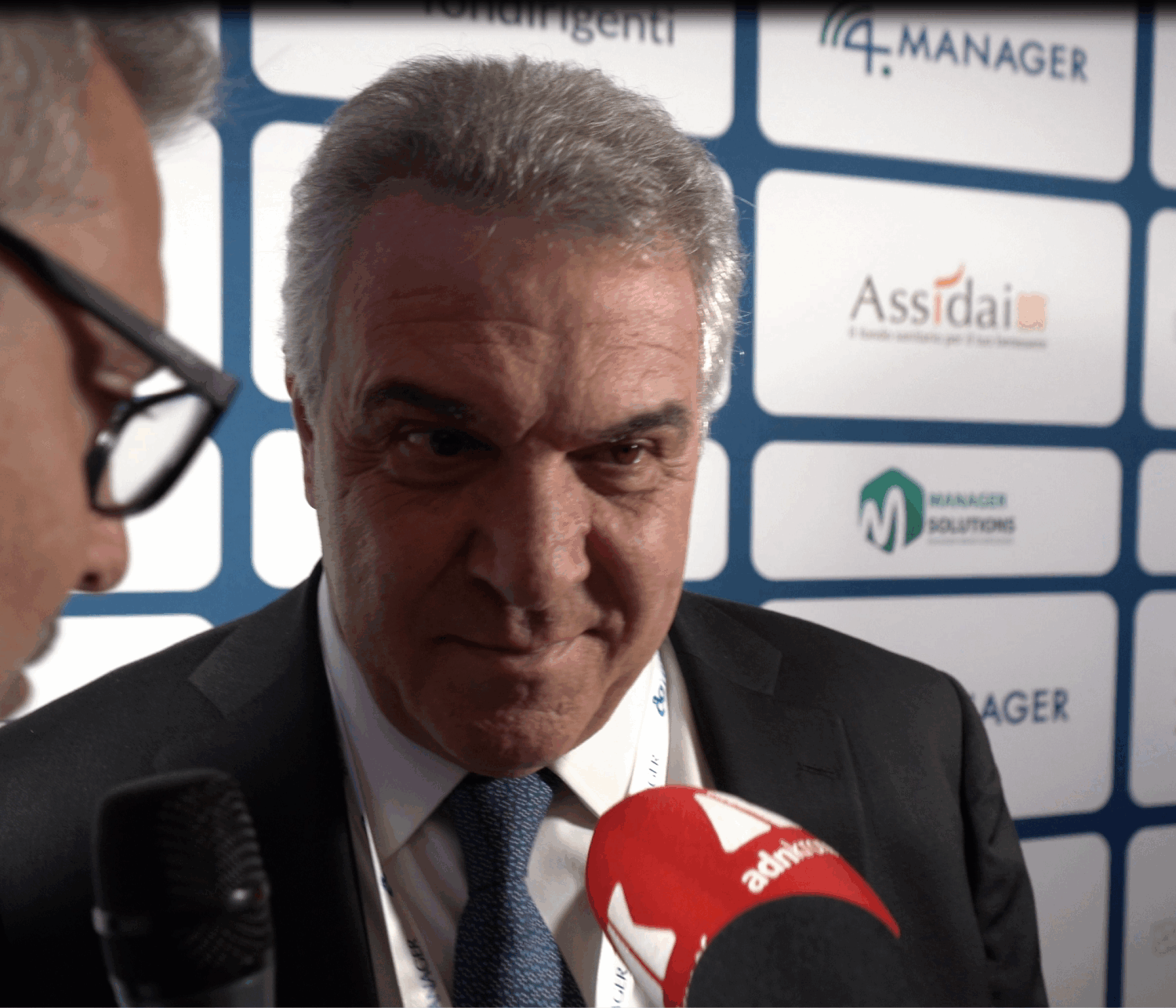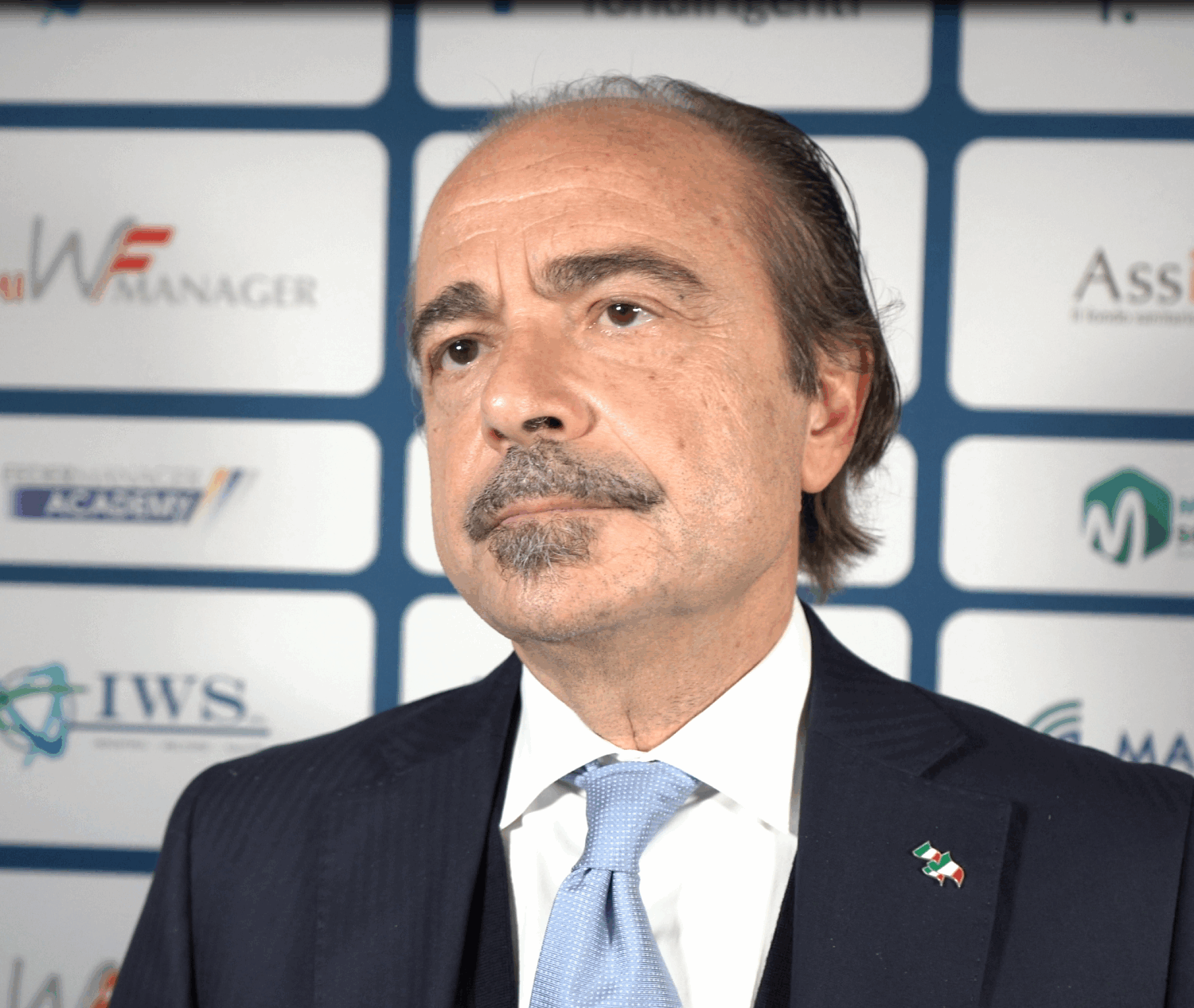Roberto Caporuscio, owner of the famous pizzeria Kesté, is considered one of the pioneers who brought the authentic art of Neapolitan pizza in the United States. Born in Pontinia, in the province of Latina, he began his career in all other sectors. Only at 38 years he decided to revolutionize his life and learn how to make pizza. Since then his route has taken him from Naples to Pittsburgh, from New Jersey to New York. With over twenty-five years of experience and hundreds of trained students, today it is a point of reference for pizza makers and enthusiasts, an ambassador of tradition capable of combining technique, research and entrepreneurial spirit. We interviewed him for New York.
Where does your passion for pizza come from and how did you decide to change your life to 38 years?
I was born in Pontinia, a small town between Sabaudia and Latina, in a land that smells of agriculture and tradition. For many years my life has been linked to the rhythm of the campaign: I cultivated the land, raised animals and produced mozzarella. It was a dignified and challenging work, but within me I felt a different thrust, the desire to create something that would unite dexterity, culture and creativity.
At 38, I decided it was time to really change. The pizza, for me, represented a perfect synthesis: history, technique and passion. So I went to Naples to learn from the best. I studied with extraordinary masters such as Enzo Coccia, Starita and Don Gennaro, and attended the Verace School of Neapolitan Pizza. Then I felt the need to test myself elsewhere: I left for Pittsburgh without knowing anyone, with only one clear goal in mind — one day I would open my pizzeria.
From Pittsburgh to New York: how was Kesté born and how did the gastronomic scene change?
In Pittsburgh I started in a small pizzeria and I immediately realized something: in the United States the real Neapolitan pizza almost did not exist. Customers were curious, but often disappointed by imitations far from authenticity. One day an insurer, eager to invest in catering, proposed to open a pizzeria together. Regina Margherita was born, one of the first true Neapolitan pizzerias of America. In seven years we had two premises and were included among the eight best pizzerias in the country.
Then I moved to New Jersey and started working with the Associazione Verace Pizza Napoletana and the Caputo mill. I traveled over 85 cities, formed more than 300 students and understood that pizza is a universal language. In 2009 I opened Kesté in New York. In Neapolitan dialect means “this is”: a clear and direct statement — this is the real pizza. In three months New York Magazine appointed us the best pizzeria in the city. From there it was a crescendo: Very long files, enthusiastic customers and the awareness of bringing something new and authentic.
Seeing my daughter Giorgia join me, learning art and then managing Don Antonio together, it was an immense pride: the tradition that passes to the second generation is the most beautiful result of our work.
During the pandemic, Kesté became a symbol of solidarity. How did you deal with that period?
The pandemic was hard for everyone. We decided to react with what we can do best: cooking and sharing. In just two months we have prepared and donated more than 4,500 pizzas to the hospitals of New York, thanks also to the Italian suppliers who supported us with flour, tomato and mozzarella. This commitment allowed us not to fire any of our 42 employees and to strengthen our team spirit.
From this experience, the idea of bringing our pizza all over the country with a line of homemade frozen pizzas, a way to stay close to people even when they could not come to us.
What was the biggest challenge in bringing Neapolitan pizza to America?
The most difficult challenge was to resist the temptation to adapt pizza to American tastes. In the United States the demand is “more cheese, more condiments, more everything”. But Neapolitan pizza does not work like this: it is balance, measure, identity. I chose to import 85% of the ingredients from Italy: Caputo flour, buffalo mozzarella, San Marzano tomato, artisan cheeses. Even the local materials come from there: Neapolitan tiles, polished stone. It’s not just about food, but about culture and memory. Every detail tells Naples and its tradition.
How did the American public react to this authenticity?
At first with curiosity, then with enthusiasm. Today about 80% of our customers are American. It is the most beautiful confirmation: it means that we have managed to make understand that Neapolitan pizza is not “less rich”, but simply different — more authentic, more balanced, more true.
Many customers tell me: “You ruined me, I can’t eat another pizza anymore.” It is the greatest compliment: it means that pizza becomes an experience, not only a dish. A way to tell Naples, my roots, my life.
Among the many pizzas of your menu, is there one to which you are particularly tied?
La Padrino, born in Pittsburgh: Ragusan caciocavallo, spicy and olives. It is a bridge between past and present, between memory and territory. Then there is the pizza dedicated to Dario Cecchini, a tribute to Tuscany and the culture of meat. And the last, the Sicilian: a recipe that tells my family and my land, with pistachio cream, shrimps with spicy Sicilian pecorino, saffron and basil and lemon oil. Every pizza is a story, an emotion, a journey.
Looking at the future, what does Neapolitan pizza represent for you today?
Neapolitan pizza is a cultural responsibility. Forming new pizzaioli and handing down the technique means protecting a live heritage. It is not nostalgia: it is identity. As long as there is someone willing to learn and respect quality, Neapolitan pizza will continue to live everywhere, even in the heart of New York. For me this is the real success: see your respected tradition, loved and understood thousands of kilometers from home.
L’articolo Roberto Caporuscio: the master of true Neapolitan pizza in New York proviene da IlNewyorkese.






